Dictionary
Orient (to)
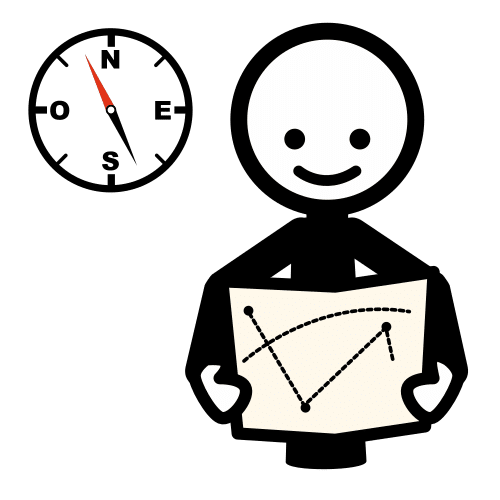
- Example:
-
I need to orient myself to get to that place.
Necesito orientarme para llegar a ese lugar.
- Spanish word:
-
Orientar
- Audio:

I need to orient myself to get to that place.
Necesito orientarme para llegar a ese lugar.
Orientar

It is very important to orient yourself when using a map.
You have to know the directions vocabulary.
Look at this picture:

Discover the position of yourself in relation to your surroundings.
Descubrir la posición de uno mismo en relación con su entorno.
I need to orient myself to get to that place.
Necesito orientarme para llegar a ese lugar.
 Orient yourself when using a map.
Orient yourself when using a map. You have to know the directions vocabulary.
You have to know the directions vocabulary. Look at this picture:
Look at this picture: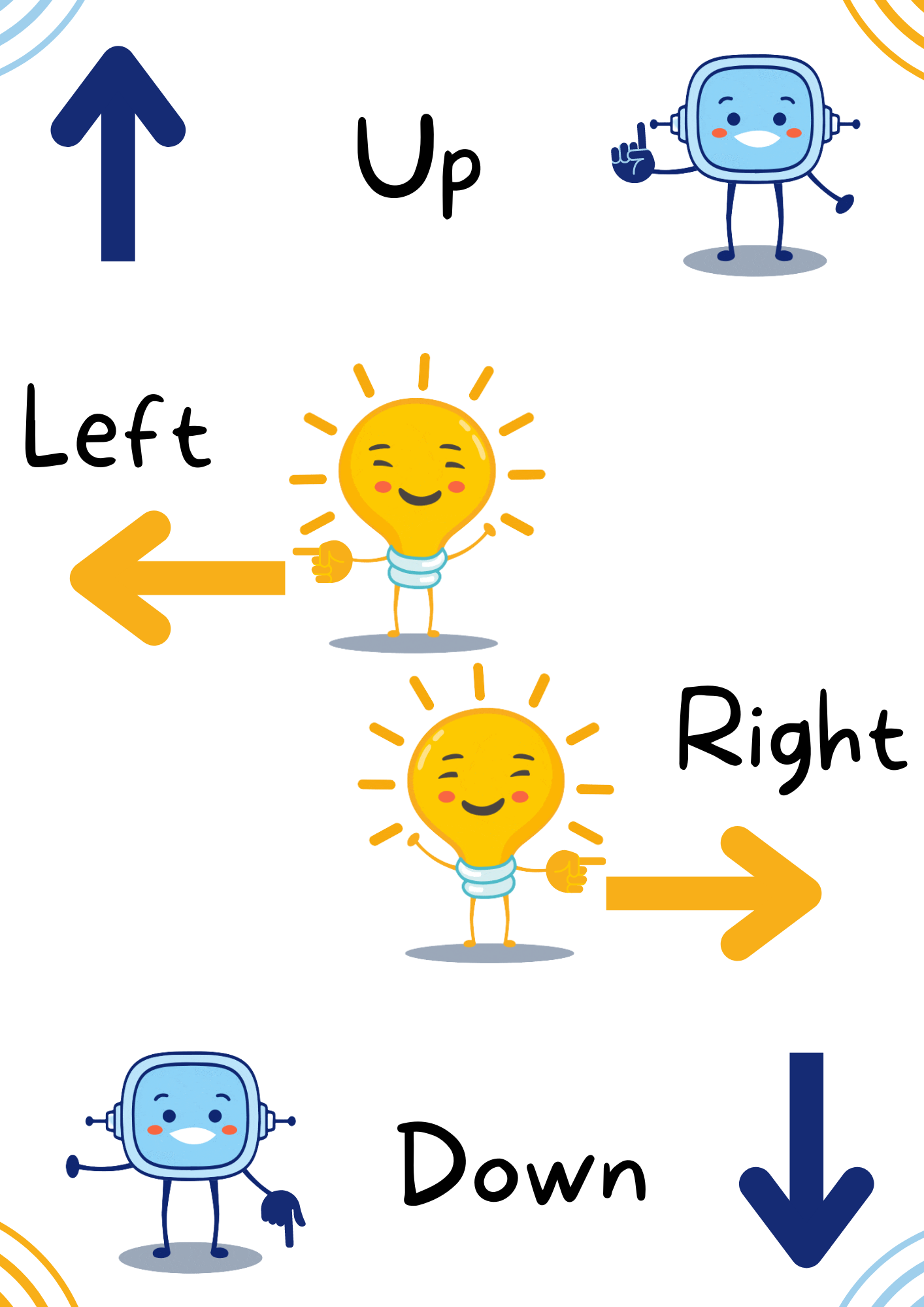

Hi guys!
Time to practise!
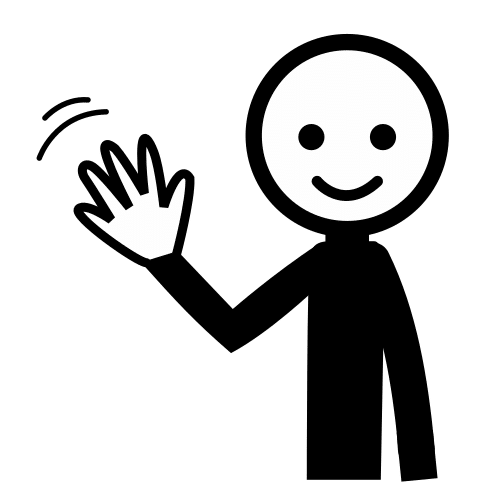 Hello.
Hello. Time to practise!
Time to practise!Follow the directions to drop each picture.
Look at the pictures. Follow the directions and choose the correct word.
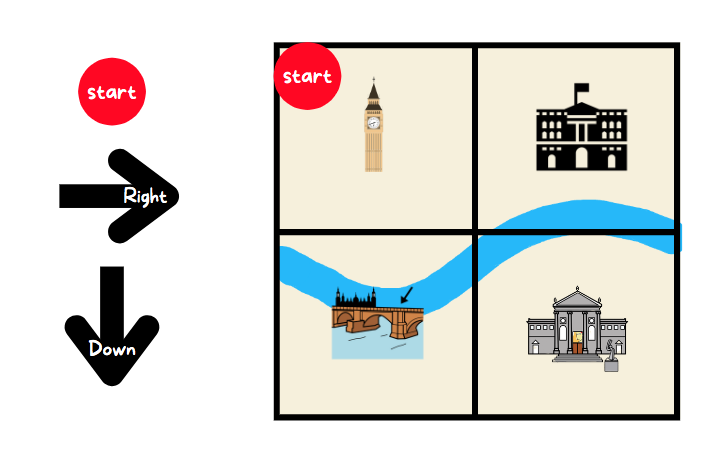
Look at the pictures. Follow the directions and choose the correct word.
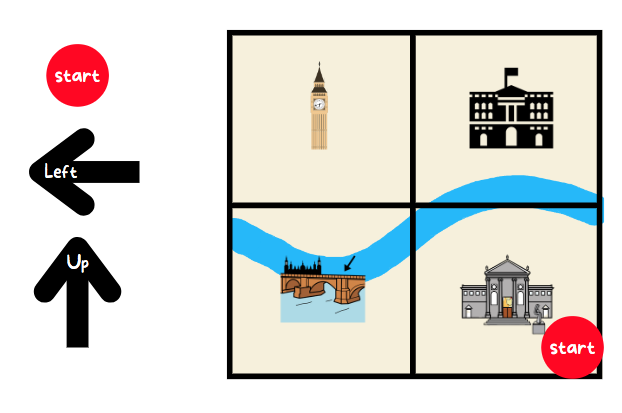
Read the questions and answer them drawing and writing the directions. Look this example:
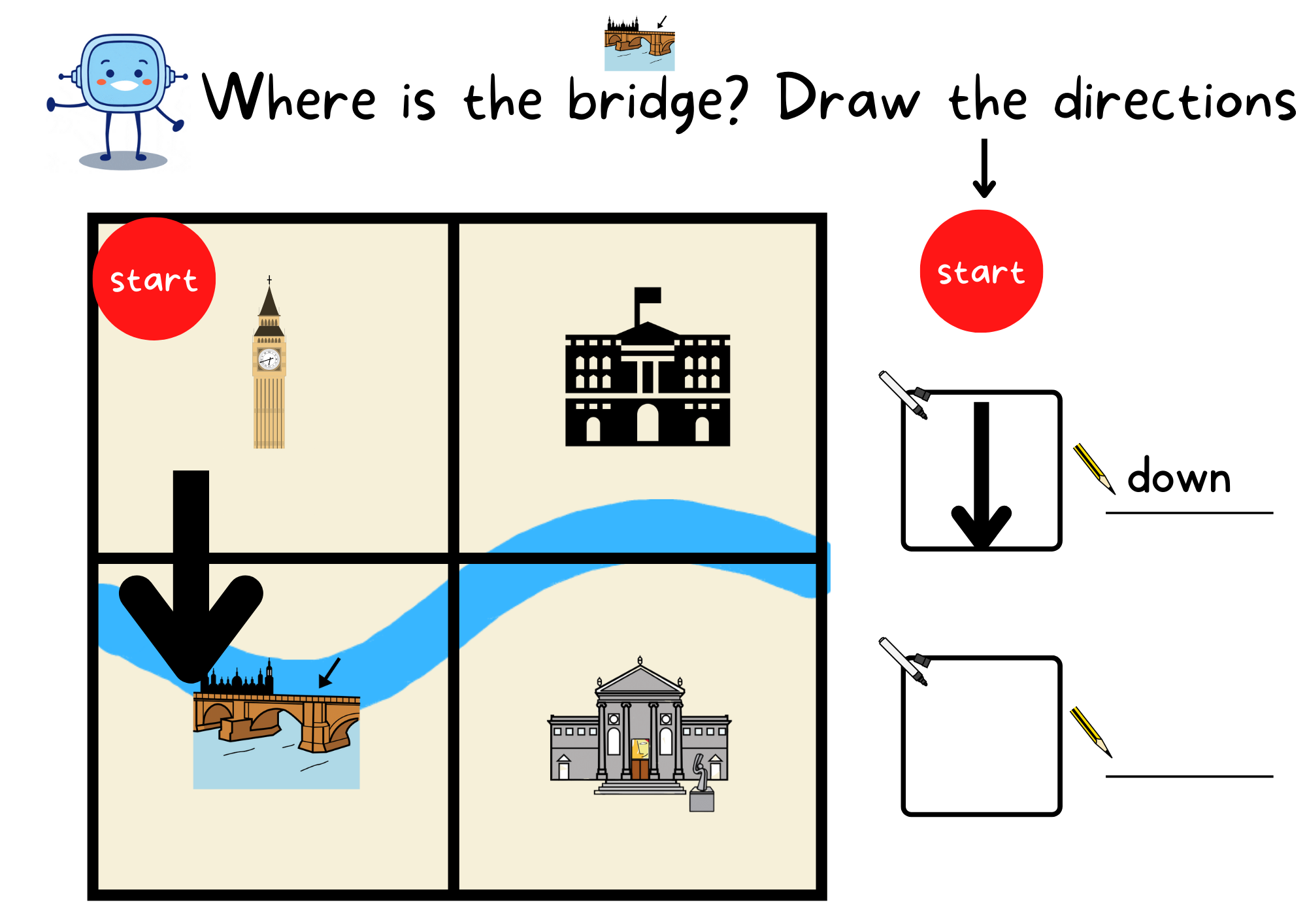

I’m sure you asked for a place in your language.
In English, this is how you do it:
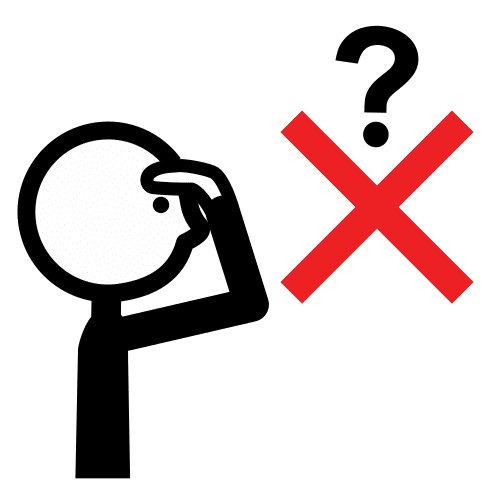 You can ask for a place.
You can ask for a place. You can ask like this:
You can ask like this: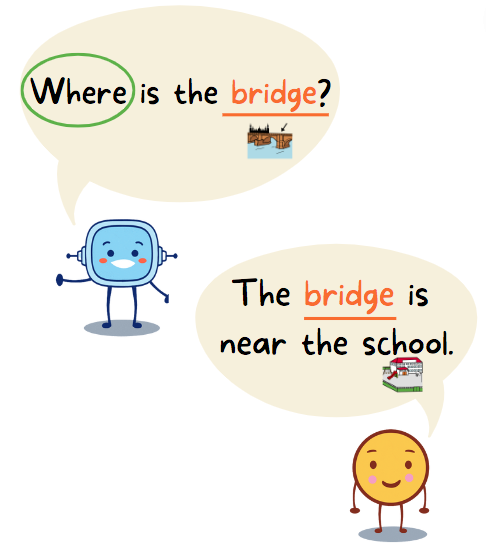

Let’s play a game in pairs
It is called battleship
Follow the instructions:
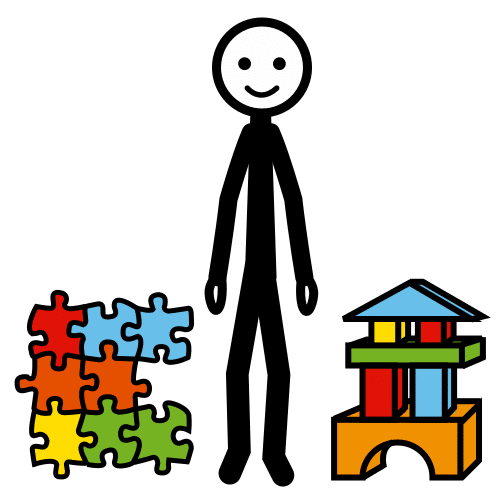 Let’s play a game in pairs.
Let’s play a game in pairs.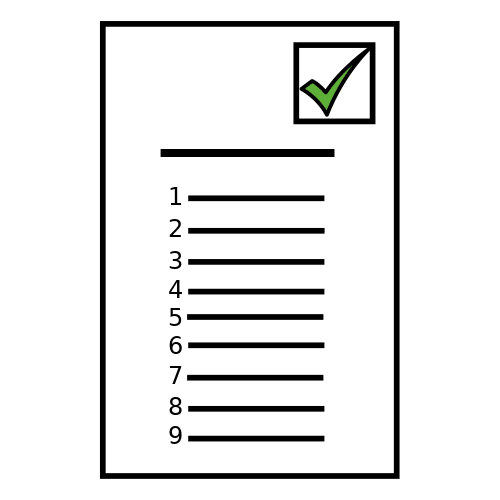 Follow the instructions:
Follow the instructions:Each student cuts the pictures on the right side.
Each student selects two pictures (four in total) and places them in “blue up”, “red right”, “yellow down” and “green left”.
Example:
Student “A”: bridge and river.
Student “B”: tower and museum.
Once ready, each student can’t look at the opponent’s page.
In turns, they have to guess where those four places are on the opponent’s page.
Example:
Student “A”: Where is the …
Student “B”: ... bridge?
Student “A”: It is in blue up.
Student “B”: No, it isn’t.
The student that guesses all the four places first will be the winner.
Look at these girls playing battleship.
How much you have learned to get here! Everything you learn helps you to achieve the goals you set for yourself. Reflect for a moment on all you have learned so far. And complete STEP 3 of your Learning Journal (I review what I have learned).
Remember:
Cheer up, you'll do great!
Reflexiona un momento sobre todo lo que has aprendido hasta llegar aquí. Y completa el PASO 3 de tu Diario de Aprendizaje (Reviso lo aprendido)
Recuerda:
¡Ánimo, que lo harás genial!

Choose one of these options and colour Lumen. Evaluate yourself.
Licensed under the Creative Commons Attribution Non-commercial Share Alike License 4.0